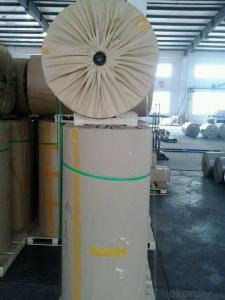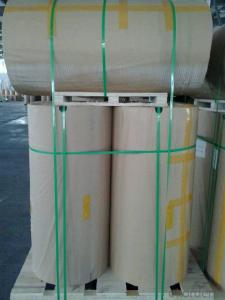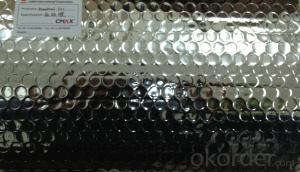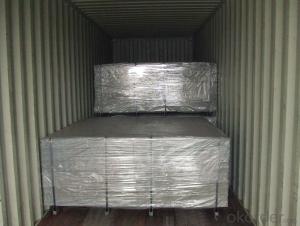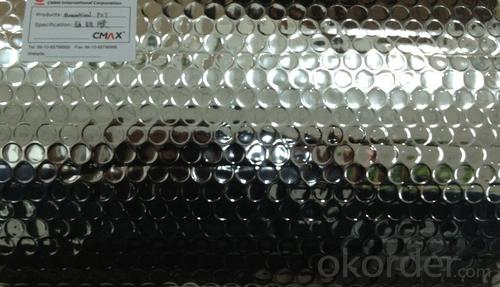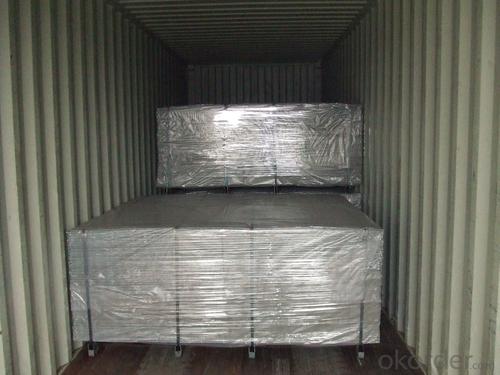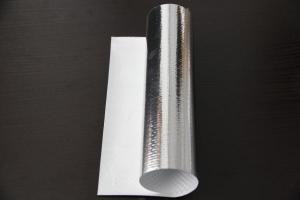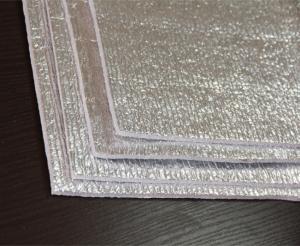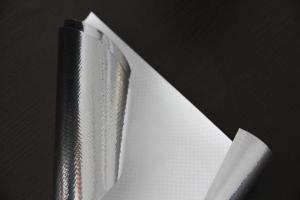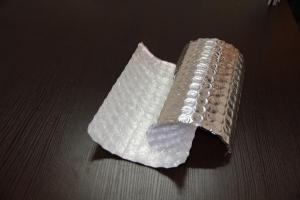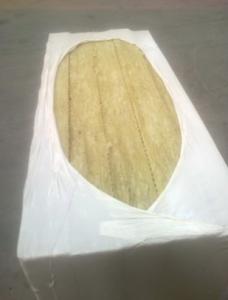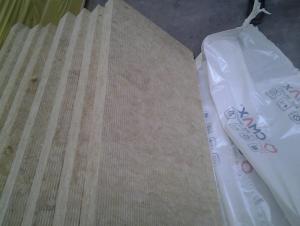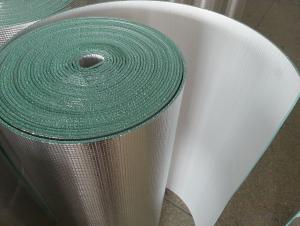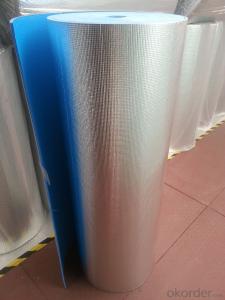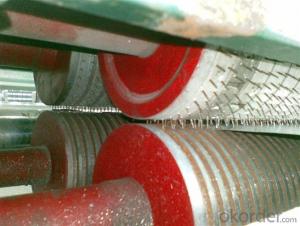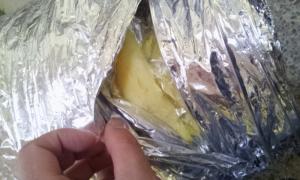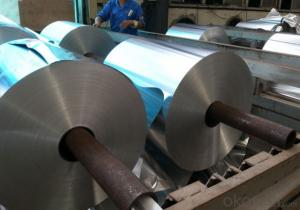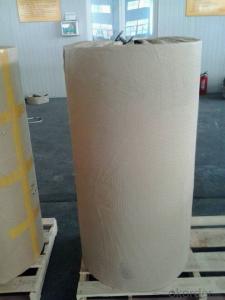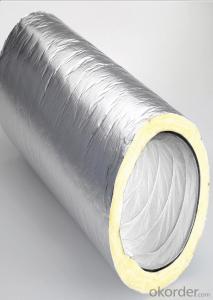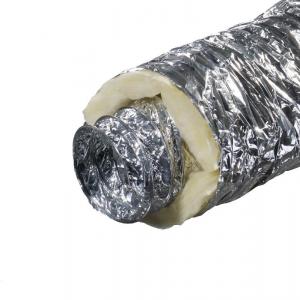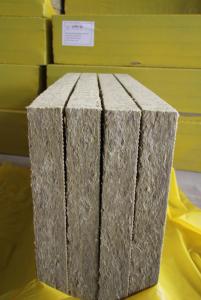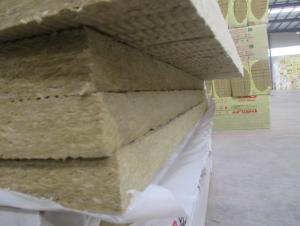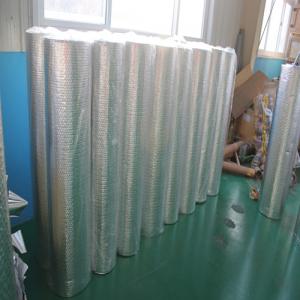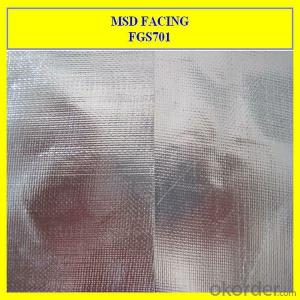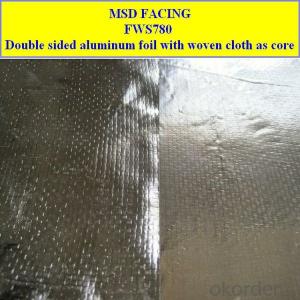Fiestone Tapered Roofing Insulation - Insulated Flexible Aluminum Air Cooling Duct Heating
- Loading Port:
- China Main Port
- Payment Terms:
- TT OR LC
- Min Order Qty:
- -
- Supply Capability:
- -
OKorder Service Pledge
OKorder Financial Service
You Might Also Like
Product Material
10m length aluminum insulation ventilation duct with low priceis made of aluminum foil +fiberglass+aluminum foi+steel wire
Product Feature
8 inch insulated flexible aluminum air duct heating and cooling systems following feature:
1.Size. (Customer's color requirement can be matched)
2.Color. (Customer's color can be fulfilled )
3.Non-toxic .Harmless to people even long time exposure
4.Excellent light transmission. transparent rate above 92%
5.Excellent weather resistance. performance can’t be change easily by Sunlight and Rain
6.Excellent Design.Personalized design and Human design with mordent concept
Product Advantages
8 inch insulated flexible aluminum air duct heating and cooling systems following advantages:
1.Material .environmentally friendly Acrylic
2.High Ruggedness.hard to attrit ,break and damage
3.Good anti-aging Properties .Long Using life Above 5 years
4.Strong Impact resistance .16 times than that of ordinary glass
5.Logo imprinting .Customer's Logo can be imprinted personally
6.OEM.ODM service. Satisfied related service can be offered in short time
7.Competitive price.Price at various level can cater your various requirement
8.Reasonable Delivery time.Fast to arrive at your office By air or Sea
9.Sample .Sample available for your proof and final decision
10.Trial Order are hotly welcome and allowed
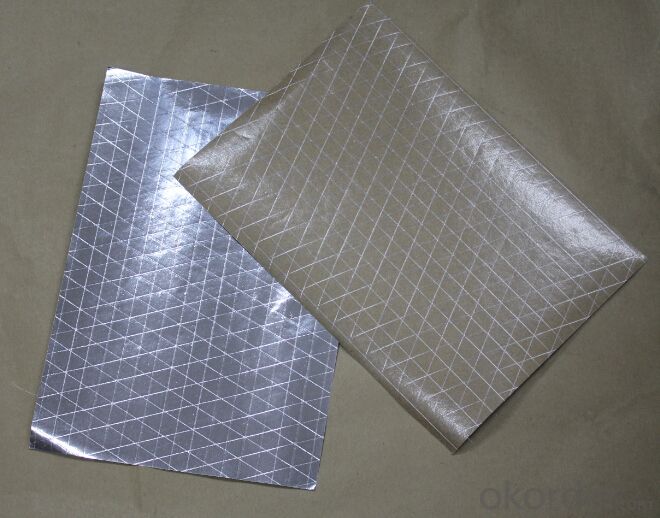
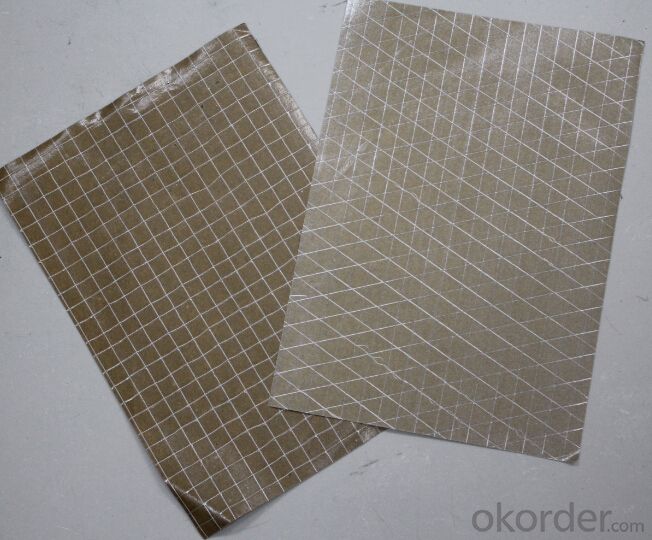
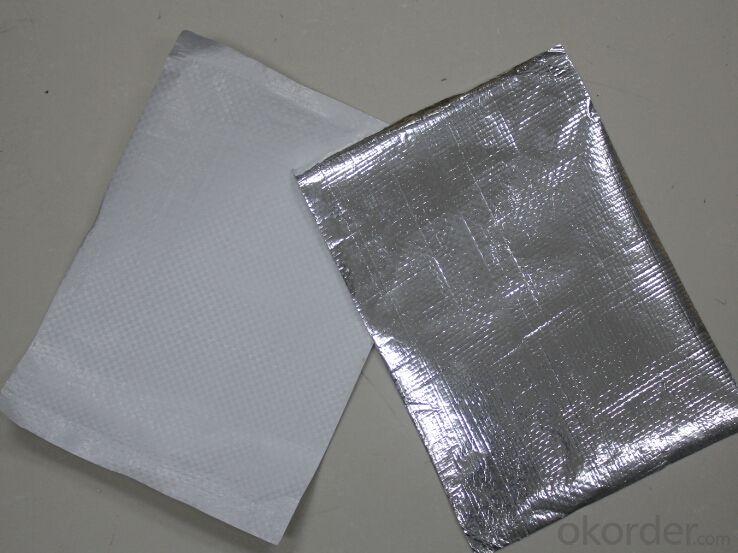
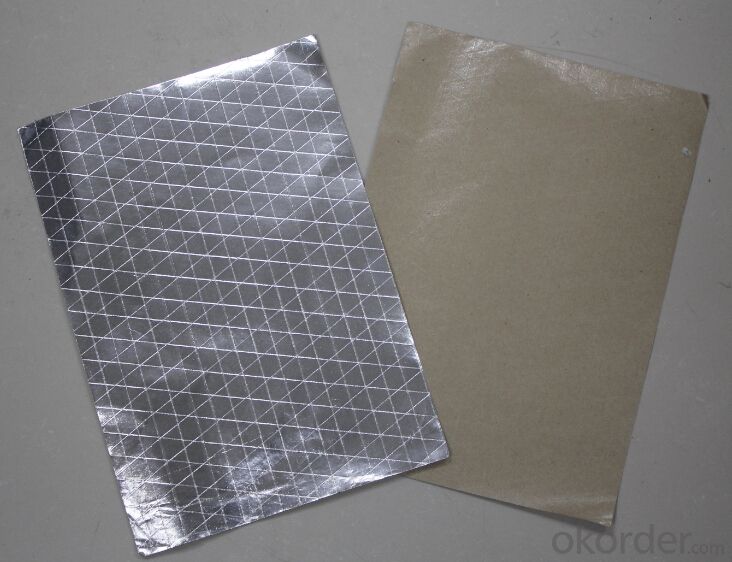
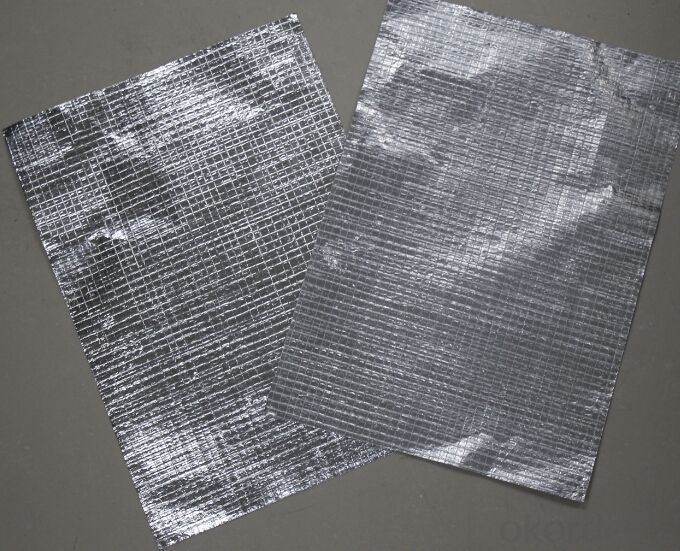
- Q: do I have to blow insulation in the roof of my mobile home if I install foam insulation under a meatle roof?
- I don't think you can blow insulation in that area. It is to small of an area to get insulation into.
- Q: 1) What thickness of rigid insulation is used on flat roofs?
- Most common is 2"
- Q: Like how does it get put in your roof?I am doing this energy efficient house.Other Questions:What is an Eave?Whats the roof on top of a patio called?What does orientation mean?What are the good things about French doors?
- It can be blown in or more often it comes in large bagged bales and you cut and dump in the attic. The eaves are the portion of the roof that overhangs/extends past the wall. It's usually called a patio cover Orientation is how the home (or other structure) is positioned on the lot. They let in lots of light and are very attractive.
- Q: My boyfriend has just moved into a flat in a newly converted house. He's up in the loft, and has just discovered that the roof isn't insulated.Does the landlord have a legal obligation to insulate the roof?
- To comply with UK building regulations all lofts must be insulated... Q22. How much loft insulation do I need? A22. To meet current Building Regulations you need 270mm of mineral wool insulation. 100mm between the ceiling joists and 170mm laid over the joists.
- Q: Hello, this is quite an ordeal I've got. I am renting a cabin that has galvanized metal sheets as roofing. These are of course nailed into large wooden beans that run all acrooss.The owner and I made a deal, that deal is that I will put up insulation on the roof. However, she wants to put (i don't knw what they are called) big rectangular styrofam blocks (about 3x9 feet long). She wants me to cut them up to a width where they will feet in between the wooden beams and somehow secure them on. My idea of securing them is by nailing a plastic covering over them. but I am unsure about how to do the rest. How will i get the blocks to stay put if i cannot nail them? is there a better and CHEAP way to do it?As of now, if you look up you see the wooden beams and the tin metal roof. She wants it to be insulated and not visible.
- The foamboard can be installed in between the beams Do NOT use adhesives to fasten the foamboards or drywall. The adhesive will deteriorate over time and the foamboards and drywall will fall down. Many municipalities do not allow materials to be attached only by adhesives especially on walls and ceilings. Nail or screw 1 X 3 or 1 X 4 boards under the foamboard from beam to beam spaced about 16 inches apart. Screw drywall for fireproofing to the 1 X 3s or 4s and this will also hide the foam boards. Tape and seal the joints
- Q: Hi, I have got a physics question and was just wondering about it.. Can someone pls tell me how does roof insulation work? how is it effective? How does the insulation changes the heat circulation and transfer inside a house?I know that the insulation prevents radiation from the sun and overheating.. but any more details about radiation, convection and conduction of heat pls?
- Well insulation makes a dead air space (air is stagnant). Since the air is not moving the transfer of hot and cold is slowed down considerably. But since you have to create cross ventilation to reduce rotting in wood and the build up of explosive gasses. Its a crap shoot that it even does any good. Radiation is heat so that's covered by the dead air space. Convection is usually not an issue with the cross venting. Also for conduction the insulation should slow it down considerably.
- Q: we have liq. ammonia storage tank (capacity 40000 ton)having double wall & suspended deck.liq. NH3 stored at temp -33 degree cent. insulation (form ) being provided to annular space (wall ) but not on top roof . can you explain for exact reason.with regardsanvar shaikh
- Insulation is less necessary on the roof. The ammonia is mostly a liquid, and a liquid would absorb heat rapidly from tank walls. Above the liquid is vapor, and vapor absorb heat much less rapidly than liquid does, so insulation is less important there.
- Q: If I insulate my roof, should I put in those plastic vents that go between the studs for air flow? I would like to use it for a work shop and probibly have some kind of heat source. i live in Northern Alberta.....
- You will normally install both insulation and a vapor barrier, like a house, these go above the ceiling, but NOT the underside of the roof. Yes you should install vents, you need the air movement.
- Q: What can i do to add more insulation in a addition in my house?The Roof is flat on this addition (no attic room for insulation there).Looks like it's only 4 or 5 inches thick, starts from the inside with 1/2 inch drywall and the rest is plywood, and then that black sheeting on the outside.IS THERE ANYTHING MORE THAT CAN BE DONE TO ADD MORE INSULATION ON THE OUTSIDE?, (i can't do anything on the inside since the ceiling is already low) SINCE IN THIS ROOM IS VERY HOT, even touching the celing feels warm, PLEASE HELP!
- You could build a pitched roof on top of the flat roof.
- Q: The roof does not have fillet under tiles, our house tends to be very cold and we want to remove the insulation and put a knew one, will our house be warm? any tips and advice.thank you for your time
- I was an insulation installer for a time and this is what we did. We never took out old insulation; this is even when we blew it into the walls. We used cellulose wood fiber aka recycled paper preferable news paper and phone books. After the stuff was ground up Borax and Boric acid was added to make it fire proof. This stuff was blown in on top of the old stuff, usually 6 to 8 inches. All you do is have one person in the attic who sits down, with a hose in hand you plow it in and take measurement as you move along to be sure it is the thickness you want. Try to keep it even and smooth (like icing a cake). The other person stands next to the blower, which is place outside our in the garage (ours was in the back of a truck). This person must keep the hopper full and walk from the blower to the attic to physically look at you for safety reasons. Both must were face mask over your mouth and nose, you may want to wear goggles as well. I didn’t like goggles because they fogged up. Before you start work out emergency calls and other communication. We did this by turning the blower on and off with the remote switch (which you must have in the attic). If you take the square footage of your attic to the store the sales person can tell you how much you need. This info use to be on the back of the bag and it is easy to do. Make sure you have the correct number of roof vent for the square footage of your space. Have a fun time doing it and it will be over in no time! The blowers may have the formula to figure how much you can do per square foot per hour. This will let you budget your time better, remember that formula is usually how much can be blown per hour; the other task will eat into that time frame. To do the side walls is a bit more involved, but if you need help with that as well I would be glad to tell you the details.
Send your message to us
Fiestone Tapered Roofing Insulation - Insulated Flexible Aluminum Air Cooling Duct Heating
- Loading Port:
- China Main Port
- Payment Terms:
- TT OR LC
- Min Order Qty:
- -
- Supply Capability:
- -
OKorder Service Pledge
OKorder Financial Service
Similar products
Hot products
Hot Searches
Related keywords
